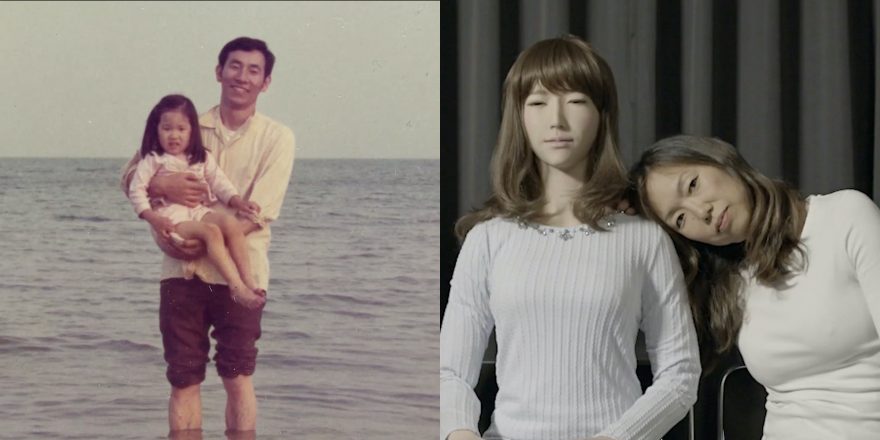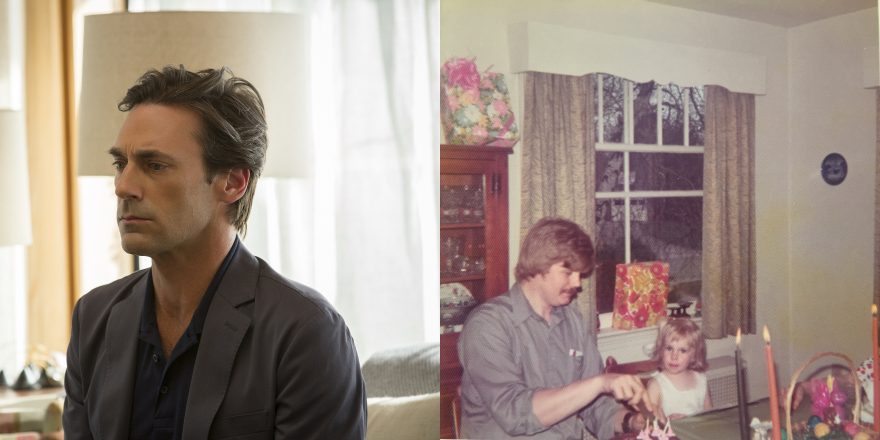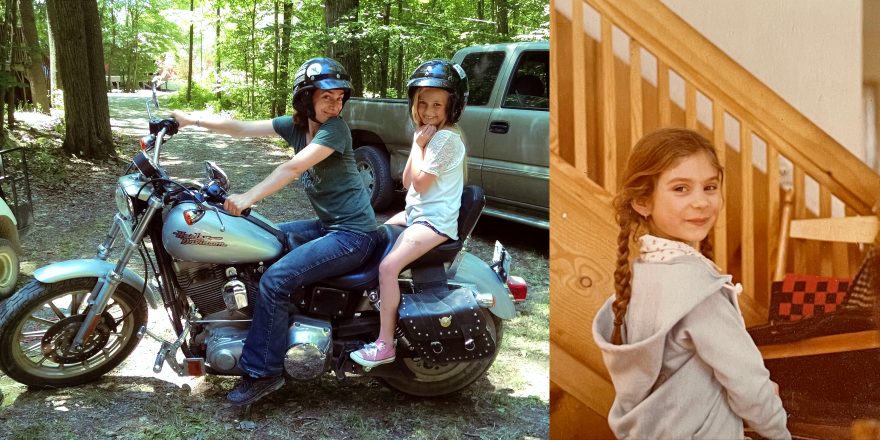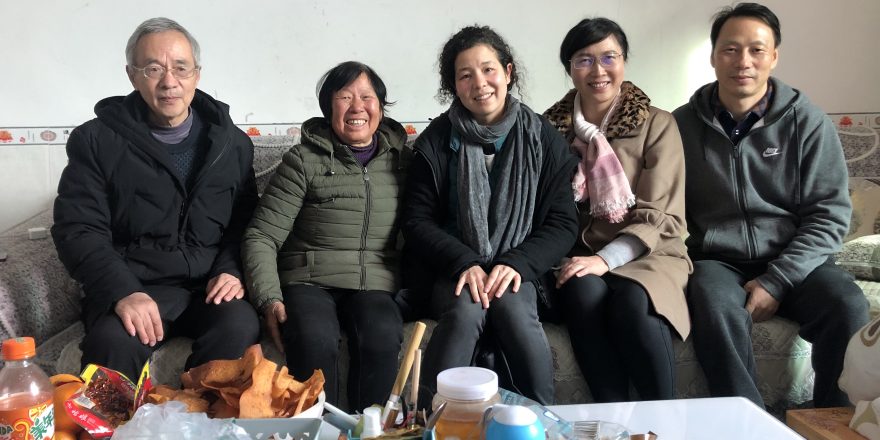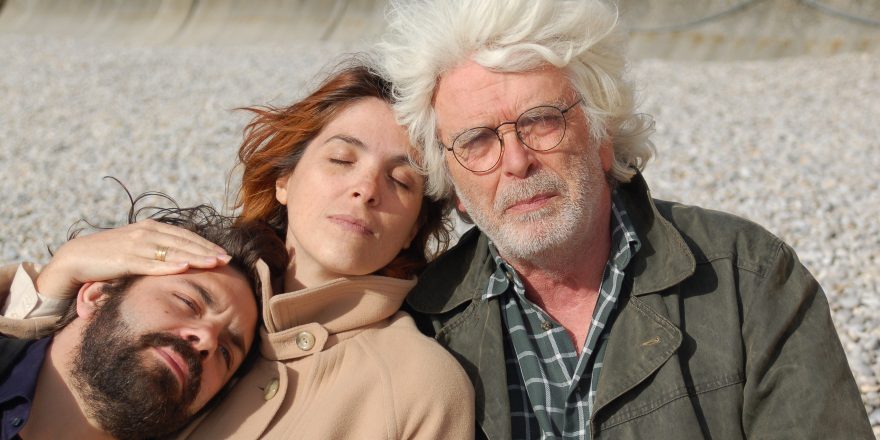My elderly father has been losing his memory. I visit him three or four times a month and every time he sees me, he says, “Long time no see. How are the kids?” Then he asks, “What are their names?” Other times, he asks who my mother was, and what was she like? This, coming from a man who was married to her for more than four decades, until she passed away.
My dad used to be the family storyteller, sharing with us our history dating back to the Korean War. Without his stories, without his memory, who is he? If memory is that part of us which tells the story of who we are – to ourselves and to others – then what are we without it?
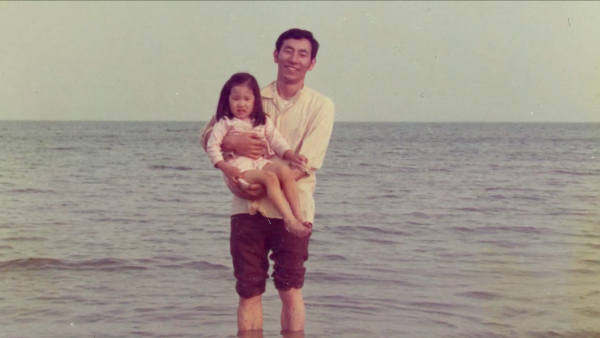
That question ate away at me, and it became the impetus for my latest documentary film, A.rtificial I.mmortality. I set out to explore how people deal with dementia and mortality, and met with neuroscientists, A.I. developers and transhumanists who opened my mind to other surprising questions, like: Can we outsource our memories, the way we outsource knowledge to Google searches and Wikipedia?
It happens all the time in the world of science fiction! In Greg Daniels’ sci-fi comedy Upload, the main character gets his mind uploaded to a virtual reality platform where he lives in perpetuity, peering longingly into the looking glass of IRL. You’ve also seen similar stories in Black Mirror and other TV shows. In a recent New Yorker short story by Jennifer Egan, the novelist conceives a Collective Consciousness project where memories are “uploaded” and can be accessed by future generations. It’s like 23andMe, but for memories, not genetic data.
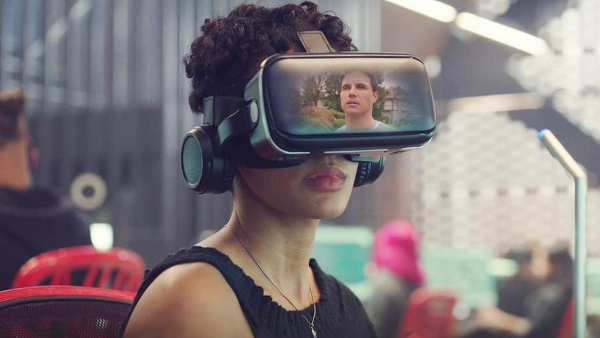
In reality, entrepreneur, inventor and transgender rights advocate Martine Rothblatt has started a foundation called Terasem, where you can “upload your mind.” Terasem runs a data bank where people can create their own personal “mindfiles,” made up of memories, photos and correspondences they own, so that they are able to pass it all on to whomever they wish. Their mindfile data is also beamed into space by satellite, signals presumably meant for extraterrestrial intelligence, or perhaps our future selves.
The project was born of the impulse to create private personal data files beyond the reach of both the government and companies like Google, Facebook and Amazon. Those massive corporations have already created working personality profiles for each and every one of us — as Yuval Noah Harari notes, these platforms know our personalities, our predilections, and are able to predict our future behaviors better than we can. So why not create personality databases that we own ourselves?
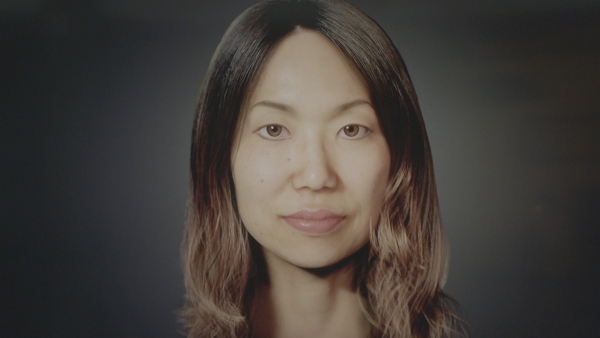
Well, Rothblatt created a mindfile for her wife, Bina, and took things one step further and created an AI clone that has all of Bina’s life information. It’s part of her transhumanist experiment to see if we can eventually transfer our consciousness from our bodies to another “substrate,” that is to say, an A.I. robot made of silicon.
Should we be looking to technology to cheat mortality, or at least cheat dementia? When I sit with my dad, I’d wonder what would it be like to have a clone of him – more like the person he used to be, rather than the frail, elderly man he is now. My father used to be a temperamental guy, known for flights of enthusiasm and anger. He had a half-dozen careers: in animal husbandry, running several convenience stores, as a real-estate broker, and even got involved in a couple pyramid scheme health products. He took us on RV vacations across the U.S. and into Mexico. He’d play Tchaikovsky (my mother’s favorite) on the record player during dinner. He could dive into the waters at low tide on the beaches in White Rock, British Columbia, and grab a crab barehanded off the bottom of the sandy ocean floor.
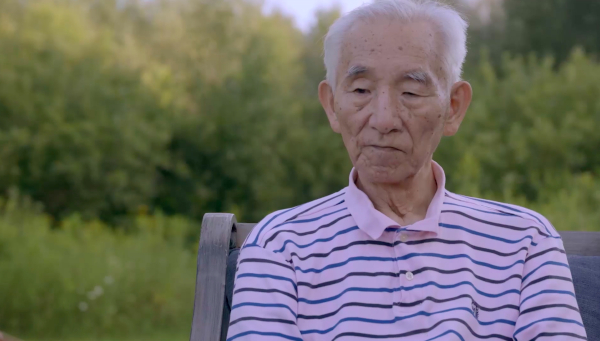
Now, at 81 years old, he is a much milder, gentler man – boring, in fact. He often wears a blank expression on his face. But he smiles whenever he sees me and tells me to dress warmly, whether it is summer or winter. I think of the man he used to be, and who he has become over the years. He may not skin dive or play badminton anymore, but he’s still my dad. The music of his being has diminished, but he’s still singing the same tune. He still feels like him.
And that is the ineffable thing about humans that can never be replaced. As I was filming A.rtificial I.mmortality, I was given the chance to build an A.I. clone of myself, complete with all my beauty marks and scars from when I was a kid. I went through the unsettling experience of watching my daughters interact with the clone as it told them my memories of their birthdays. The clone was an uncanny representation of me, but as my youngest daughter said, “It acts like it has emotions, but it’s not really feeling it. It doesn’t really have a soul.” And therein lies the rub.
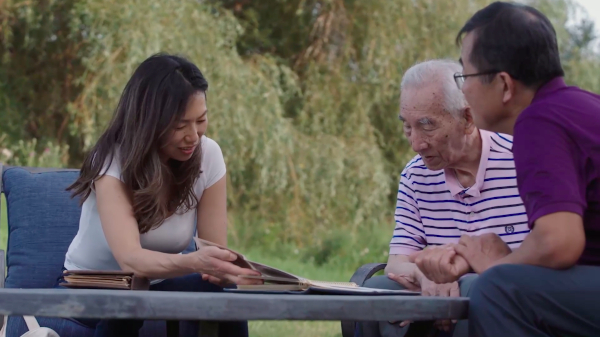
I think, given a choice, I’d always choose my real dad with his waning, greatly diminished memory over a clone which accurately holds every detail of his life.
The new ways we can now “outsource memory” seem to be a cool way to preserve important stories. But I think we artists, writers and filmmakers are better at refracting the beautiful, nuanced light of life. As a filmmaker and storyteller, I’ll continue to document how I see those around me, even as they and I keep changing.


